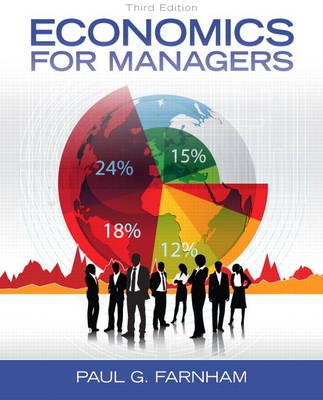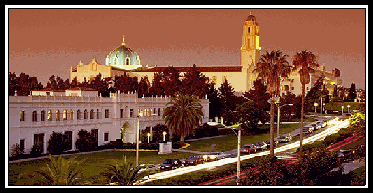|
I. Markets and Microeconomics
A. Introduction and Supply and Demand
1. Introduction
a. Microeconomics
-
Deals with the actions of
individual consumers, firms, and industries
-
Concerned with prices and quantities of inputs and
outputs - deals with strategic and tactical decisions by firms and
individuals
-
Issues:
(1) Consumer behavior and the impact on
revenues
(2) Production technology and the impact on
costs
(3) Market structure and competition
(4) Pricing practices and strategy
.
b. Macroeconomics
-
Concerned with overall level of economic activity,
interest rates, unemployment, inflation, exchange rates - deals with the
setting in which business occurs
-
Impacts microeconomic factors -
demand, productions costs, profitability
.
.
.
.
.
.
.
.
.
.
.
2. Supply and demand
a. Demand
- Relationship between the price of a good or service and the
quantity demanded, all else held constant
- Concerned with buyers or consumers of a product
(1) Representing demand
(a) Demand function
QD = f (PX, T, I, PY, PZ,
EXC, NC . . .)
PX = price of product
T = tastes and preferences
I = income
PY, PZ = prices of related
goods
EXC = consumer expectations of future prices
NC = number of consumers
.
.
.
(b) Demand curve
.
.
.
.
.
.
.
.
.
.
.
(2) Changes
(a) Change in quantity demanded
.
.
.
.
.
.
.
.
.
.
.
(b) Change in demand
.
.
.
.
.
.
.
.
.
.
.
(3) Nonprice factors affecting demand
(a) Tastes and preferences
Ex. -
.
.
.
(b) Income
i) Normal good - more of the good is demanded as
income or wealth increases
Ex. -
.
.
ii) Inferior good - less of the good is demanded as
income or wealth increases
Ex. -
.
.
(c) Prices of related goods
i) Substitutes - use one good instead of another
Ex. -
.
.
ii) Complements - use goods together
Ex. -
.
.
(d) Future expectations
Ex. -
.
.
(e) Number of consumers
Ex. -
.
.
.
b. Supply
- Relationship between the price of a good or service and the
quantity supplied
- Concerned with sellers or the producers of a product
.
(1) Representing supply
(a) Supply function
QS = f (P, TX, PI, PA,
PB, EXP, NP . . .)
P = price of product
TX = technology
PI = prices of inputs
PA, PB = prices of related
goods
EXP = producer expectations of future prices
NP = number of producers
.
.
.
(b) Supply curve
.
.
.
.
.
.
.
.
.
.
.
(2) Changes
(a) Change in quantity supplied
.
.
.
.
.
.
.
.
.
.
(b) Change in supply
.
.
.
.
.
.
.
.
.
.
.
(3) Nonprice factors affecting supply
(a) Technology
Ex. -
.
.
(b) Input prices
Ex. -
.
.
(c) Prices of related goods
i) Substitute production - produce one good instead
of another
Ex. -
.
.
ii) Complementary production - produce goods together
Ex. -
.
.
(d) Future expectations
Ex. -
.
.
(e) Number of producers
Ex. -
.
.
.
c. Equilibrium
.
.
.
.
.
.
.
.
.
.
.
(1) Shortage
.
.
.
.
.
.
.
.
.
.
.
.
(2) Surplus
.
.
.
.
.
.
.
.
.
.
.
.
d. Market changes
(1) Changes in demand
(a) Increase in demand
.
.
.
.
.
.
.
.
.
.
.
(b) Decrease in demand
.
.
.
.
.
.
.
.
.
.
.
(2) Changes in supply
(a) Increase in supply
.
.
.
.
.
.
.
.
.
.
.
(b) Decrease in supply
.
.
.
.
.
.
.
.
.
.
.
(3) Changes in demand and supply
.
.
.
.
.
.
.
.
.
.
.
.
.
.
|


